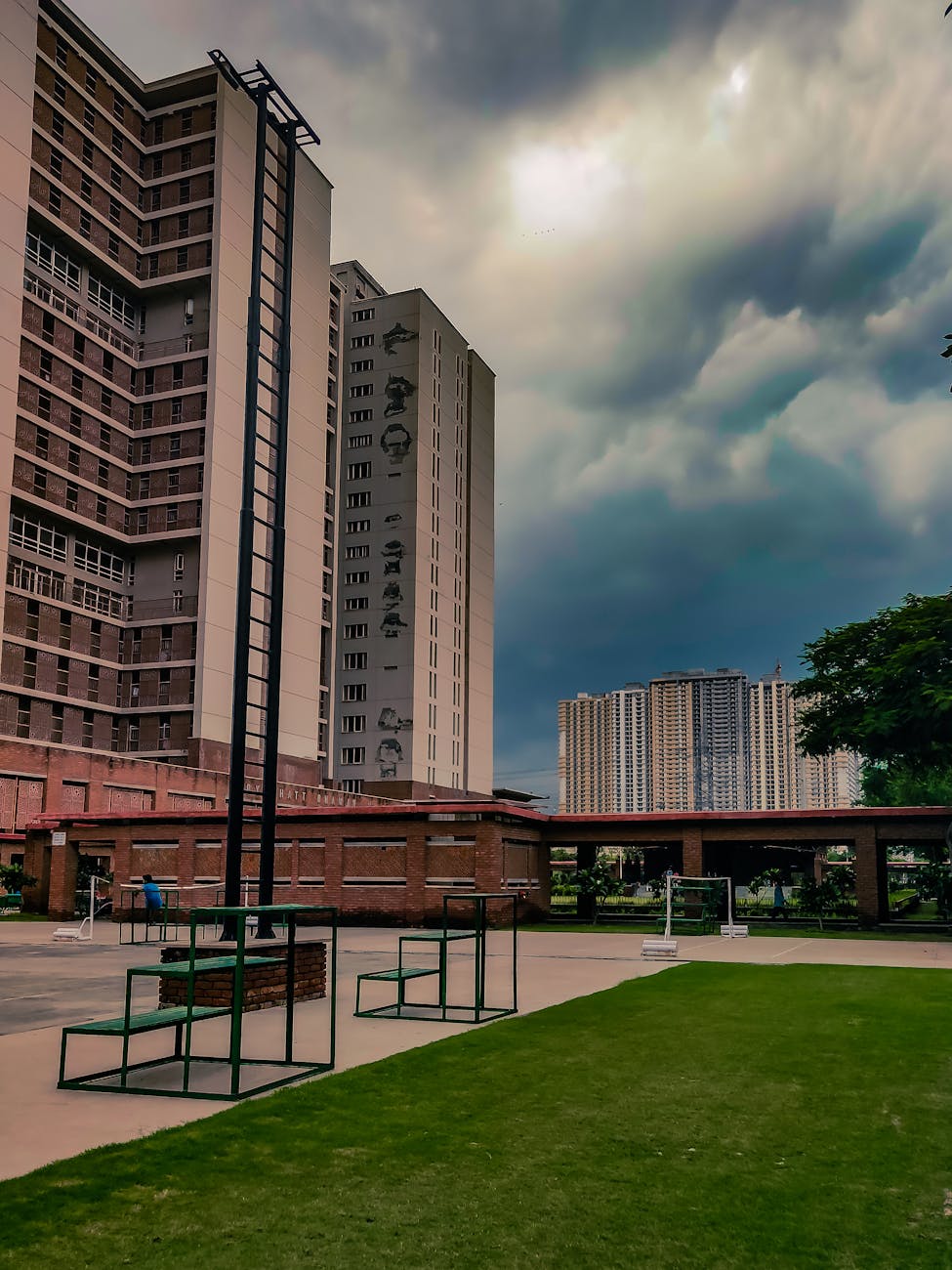Latest Trends in Affordable Housing Development
Introduction
Affordable housing development has become a global priority as rising urban populations and economic challenges strain housing markets worldwide. In response, developers, policymakers, and architects are adopting innovative trends that increase accessibility while balancing costs and sustainability. This article explores the latest trends shaping affordable housing, focusing on technological advancements, sustainable design, policy reforms, and community-centric approaches. As affordability remains a critical barrier for many, understanding these evolving strategies not only highlights opportunities to enhance housing supply but also creates environments that support long-term social and economic wellbeing. Whether you are a developer, policymaker, or an interested observer, gaining insights into the cutting edge of affordable housing development is essential in addressing one of the 21st century’s most pressing needs.
Modular construction and technology integration
The adoption of modular construction has revolutionized affordable housing by reducing build times and costs significantly. Prefabricated components are manufactured off-site and assembled quickly, lowering labor expenses and minimizing on-site waste. Technology integration extends beyond construction methods, with smart home systems becoming more prevalent to enhance energy efficiency and reduce utility bills—critical factors in overall affordability. Advanced data analytics and Building Information Modeling (BIM) enable precise project planning and resource optimization, ensuring developments stay within budget while meeting quality standards. Together, these technological trends create a scalable, cost-effective path to increasing affordable housing stock across diverse environments.
Sustainability and green building practices
Sustainable design is now a cornerstone in affordable housing development due to its long-term cost benefits and environmental impact reduction. Developers are incorporating energy-efficient materials, passive solar designs, water-saving systems, and green roofs to reduce maintenance costs and utility consumption for residents. These practices not only lower expenses but also increase occupant health and comfort. Incentives such as tax credits and grants encourage developers to implement eco-friendly features, reinforcing the connection between affordability and sustainability. This marriage of affordability with green building practices is progressively shaping housing projects that are both cost-conscious and environmentally responsible.
Policy innovations and funding mechanisms
Government policy plays a critical role in spurring affordable housing development. New approaches involve inclusive zoning laws, tax incentives, and public-private partnerships designed to unlock funding and reduce regulatory hurdles. For instance, zoning reforms may permit higher density or mixed-use developments in urban areas, increasing housing availability and private investment appeal. Innovative funding mechanisms, such as social impact bonds and community land trusts, are also gaining traction by aligning stakeholders’ interests toward sustainable affordability. These policy frameworks act as catalysts, allowing innovative housing solutions to move from concept to reality more rapidly.
Community-centric design and social inclusion
A growing trend in affordable housing is a strong emphasis on community-centric design that supports social inclusion. Developments increasingly prioritize mixed-income communities with shared public spaces, access to amenities, and transportation links that foster interaction and economic diversity. This approach promotes a sense of belonging and stability, which are vital for residents’ long-term wellbeing. By integrating affordable housing projects into broader urban planning initiatives, developers can create vibrant neighborhoods that break the cycle of poverty and isolation. Consequently, community-centered design not only improves housing accessibility but also nurtures resilient and inclusive urban environments.
| Trend | Key Benefits | Example Applications |
|---|---|---|
| Modular construction | Cost reduction, faster build time, less waste | Prefabricated housing units, BIM project planning |
| Sustainability practices | Lower utility costs, healthier living, environmental impact | Energy-efficient designs, green roofs, water-saving features |
| Policy innovation | Increased funding, regulatory support, higher density allowances | Zoning reform, tax credits, social impact bonds |
| Community-centric design | Social inclusion, mixed-income integration, better quality of life | Shared amenities, transit-oriented development, mixed-use projects |
Conclusion
Addressing the demand for affordable housing requires multifaceted strategies that incorporate new technologies, sustainable practices, supportive policies, and social inclusion principles. Modular construction and advanced tech reduce costs and improve efficiency, while green building standards ensure affordability extends beyond purchase to ongoing living expenses. Policy initiatives create the financial and legal environment necessary for scalable development, and community-centric designs make affordable housing more than just shelter—they build stronger, diverse neighborhoods. Together, these trends represent a comprehensive evolution in affordable housing that balances economic viability with quality and social impact. By adopting these integrated approaches, stakeholders can effectively meet growing housing needs and foster sustainable, inclusive urban communities for the future.
Image by: Shantanu Goyal
https://www.pexels.com/@shantanu09
editor's pick
latest video
news via inbox
Nulla turp dis cursus. Integer liberos euismod pretium faucibua

